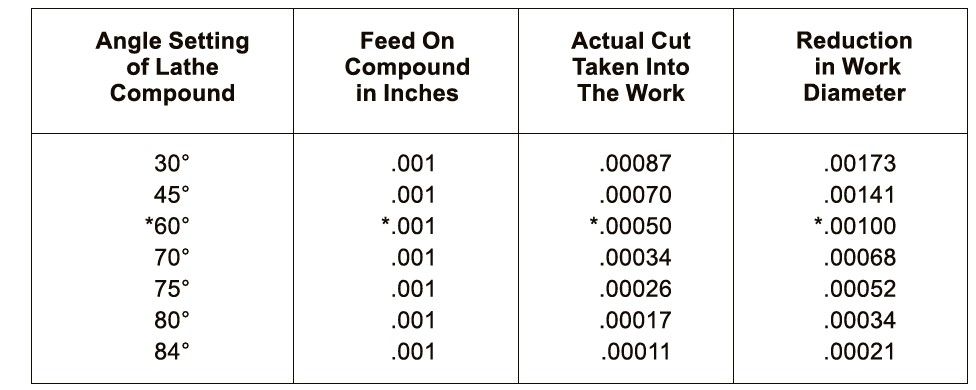I have been trying to bore a 0.6" hole in an aluminium pulley using my S&B Model M Mk 1. To my mind this is a very simple task in a machine that shouldn't have any issues whatsoever. This was my technique:
1. Drill the centre using firstly 1/4" then 1/2" HSS drills held in the tail stock.
2. Progressively bore the hole until it was 0.590" using a home made cutter held in a holder that my father had made: looks to be maked from hex bar turned and drilled to mount a cutter ground from 3/16 rod.
3. Final cut of 0.005" to remove the last 0.01" from the diameter of the hole. End result a hole that is 0.604" – usable, but 0.004" greater than intended.
Possible causes:
a. I didn't look carefully when applying the cut and added 0.007" – I'm pretty sure I didnt.
b. The cutter bar 'sprang', but I was careful to make the final cut a light one to avoid that and had made several passes of the previous cut to make sure it was 'on size'.
c. When I thought the hole was 0.590 it was actually 0.594". This is possible as I'm using a digital caliper to measure the inside diameter and I do get different readings on occasion, but I was careful to check for consistent readings before deciding how much to remove.
d. Did I grind the tool incorrectly? I attempted to have a slight rake and with a rounded cutting edge – I certainly wouldn't claim to have set it to any particular angle and there was some slight buildup of aluminium on the cutter, but if anything I would have expected that to reduce the depth of cut not increase it.
I'm keen to be able to turn accurately and would like to know where others think I might have gone wrong.
Grateful for your thoughts.
 Neil Wyatt.
Neil Wyatt.




